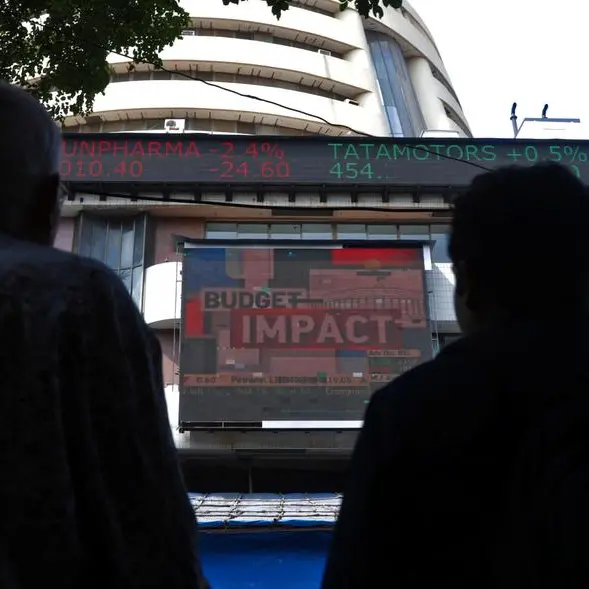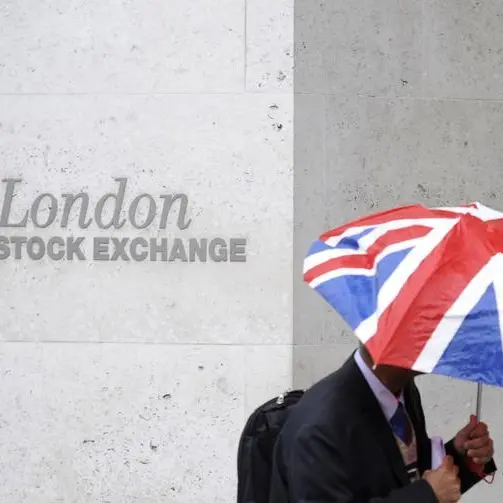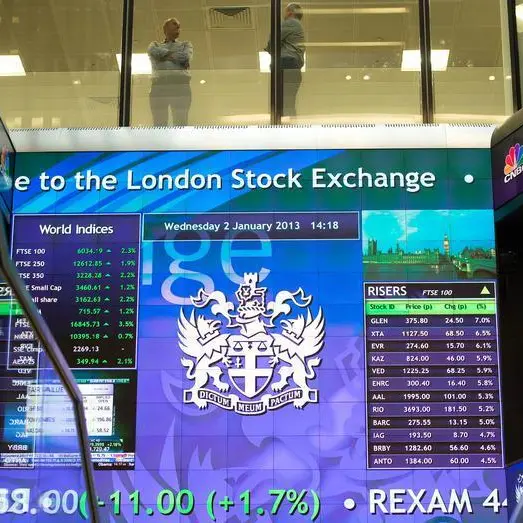PHOTO
U.S. natural gas futures slid about 2% to an eight-week low on Thursday on expectations the extended shutdown of the Freeport liquefied natural gas (LNG) export plant in Texas would allow utilities to quickly rebuild low U.S. gas stockpiles.
Despite that expectation, analysts forecast last week's storage build was smaller than usual as extreme heat in several parts of the country boosted the amount of gas power generators burned to keep air conditioners humming.
That was especially the case in Texas where power demand hit record levels again this week. Analysts forecast U.S. utilities added 65 billion cubic feet (bcf) of gas to storage during the week ended June 17. That compares with an increase of 49 bcf in the same week last year and a five-year (2017-2021) average increase of 82 bcf.
If correct, last week's increase would boost stockpiles to 2.160 trillion cubic feet (tcf), or 13.6% below the five-year average of 2.418 tcf for this time of the year. That would be 340 bcf below normal levels for this time of year, its biggest deficit since April 2019.
The Freeport shutdown on June 8 reduced the amount of U.S. gas available to the rest of the world, especially in Europe where most U.S. LNG has gone as countries there wean themselves off Russian energy after Moscow invaded Ukraine in February.
Analysts said leaving more gas in the United States, however, should give American utilities a chance to rebuild extremely low stockpiles quickly. Freeport, the second-biggest U.S. LNG export plant, consumes about 2 billion cubic feet per day (bcfd) of gas, so a 90-day shutdown would make about 180 billion cubic feet (bcf) more gas available to the U.S. market.
Front-month gas futures for July delivery on the New York Mercantile Exchange (NYMEX) fell 11.1 cents, or 1.6%, to $6.747 per million British thermal units (mmBtu) at 8:27 a.m. EDT (1227 GMT), putting the contract on track to close at its lowest since April 25. That kept the front-month in technically oversold territory with a relative strength index (RSI) below 30 for a fourth day in a row for the first time since September 2020. With the U.S.
Federal Reserve expected to keep raising interest rates, open interest in NYMEX futures fell on Wednesday to its lowest since August 2016 for a second day in a row as investors continued to cut back on risky assets.
Despite recent declines, U.S. gas futures are still up about 84% so far this year as much higher prices in Europe and Asia keep demand for U.S. LNG exports strong, especially since Russia's Feb. 24 invasion of Ukraine stoked fears Moscow might cut gas supplies to Europe.
Gas was trading around $39 per mmBtu in Europe and $37 in Asia. Gas prices at the Title Transfer Facility (TTF) in the Netherlands, the European benchmark, were up 7% after Germany entered Phase 2 of its three-stage emergency gas plan due to reduced supply from Russia.
Russia kept pipeline exports to Europe low at 3.7 bcfd on Tuesday, the same as Monday, on the three mainlines into Germany: North Stream 1 (Russia-Germany), Yamal (Russia-Belarus-Poland-Germany) and the Russia-Ukraine-Slovakia-Czech Republic-Germany route. That compares with an average of 11.6 bcfd in June 2021.
Data provider Refinitiv said the amount of gas flowing to U.S. LNG export plants fell from an average of 12.5 bcfd in May to 11.3 bcfd so far in June due to the Freeport outage, according to Refinitiv. That compares with a monthly record of 12.9 bcfd in March. The seven big U.S. export plants can turn about 13.6 bcfd of gas into LNG.
(Reporting by Scott DiSavino, Editing by Nick Zieminski)












